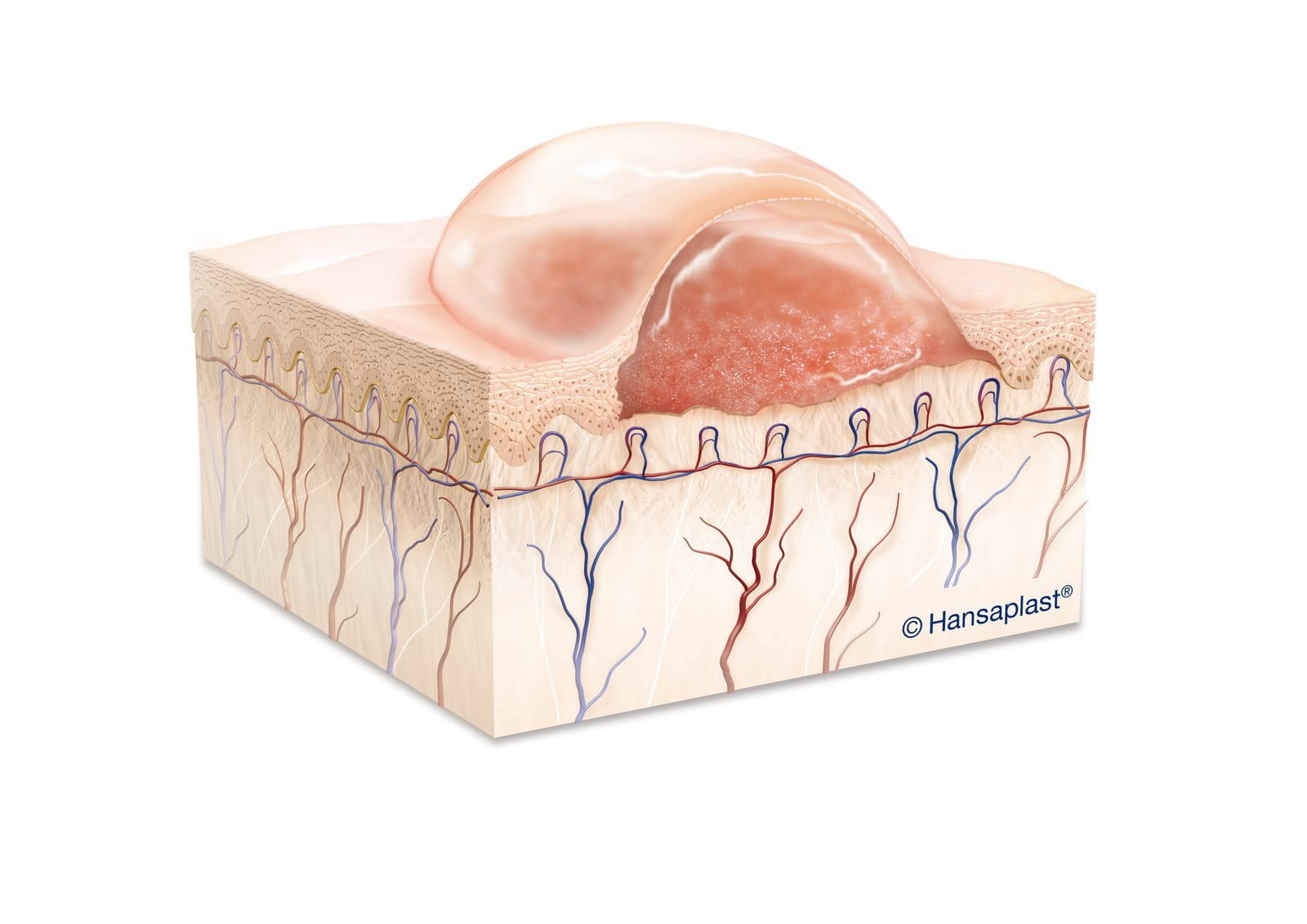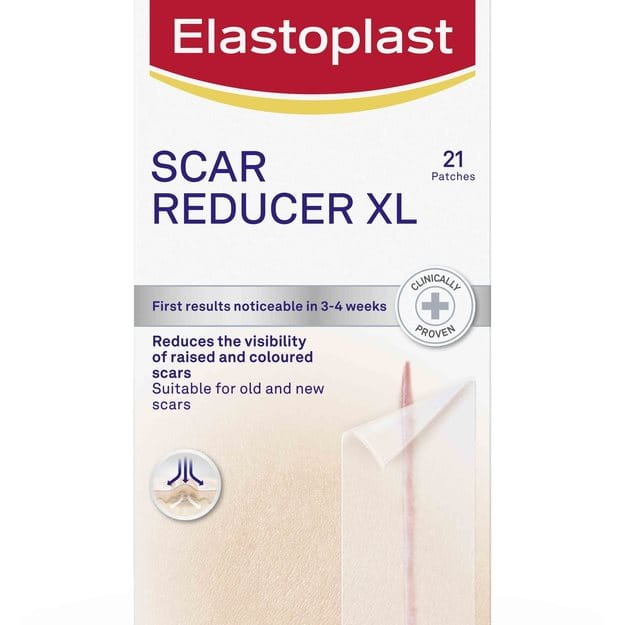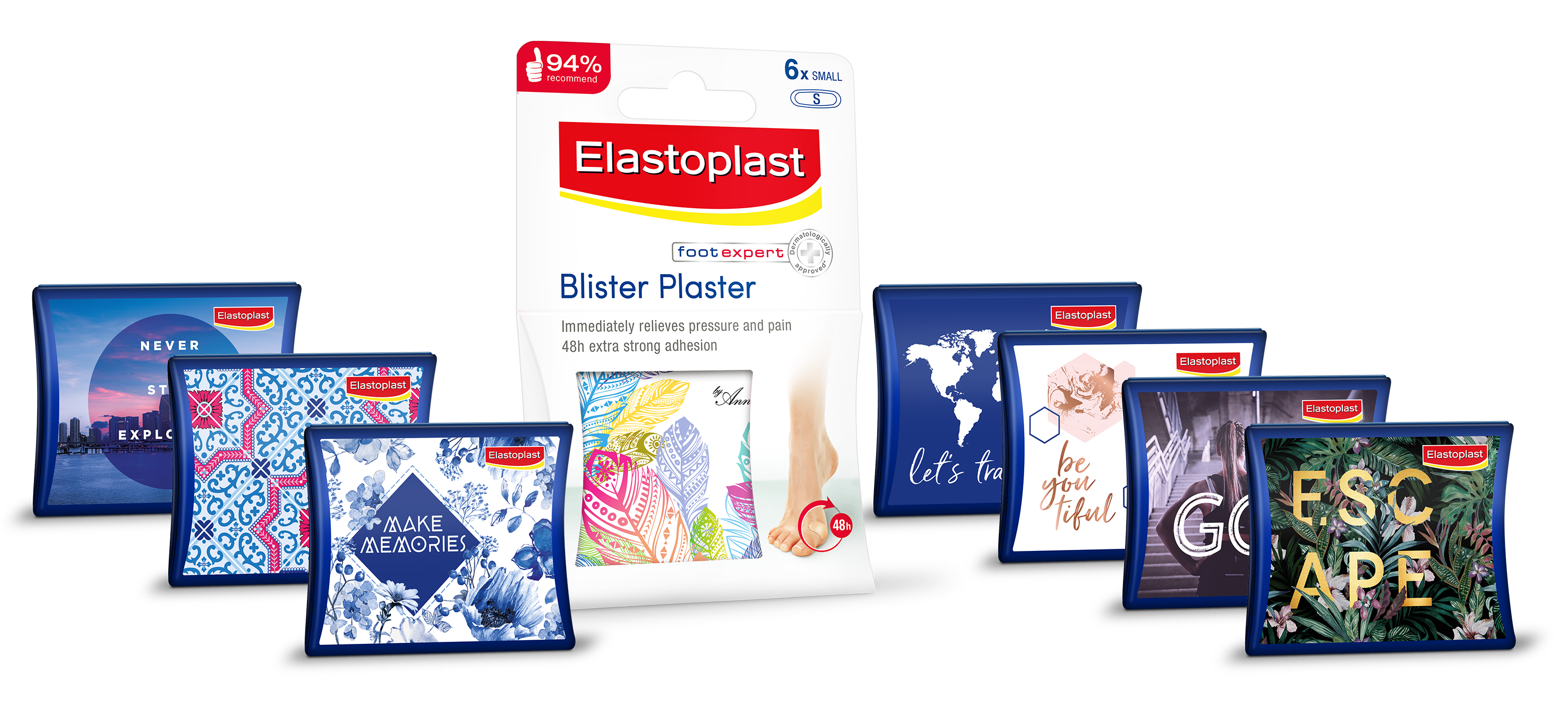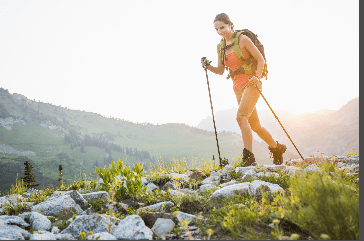What is a blister?

A blister is an area of raised skin with liquid inside. They are your body’s clever way of protecting itself from pressure and friction.
A high degree of friction tends to cause the outer layer of skin, the epidermis, to separate from the layers beneath causing fluid to fill the space. This is an attempt to cushion the wound beneath from further pressure or friction and to lock out causes of infection. Unfortunately, blisters can be easily burst by more pressure. Both intact and deroofed blisters are extremely painful if not treated and can easily become infected. This is also the main reason why blisters should not be popped. Blisters on the feet, hands and fingers are some of the most frequent.




